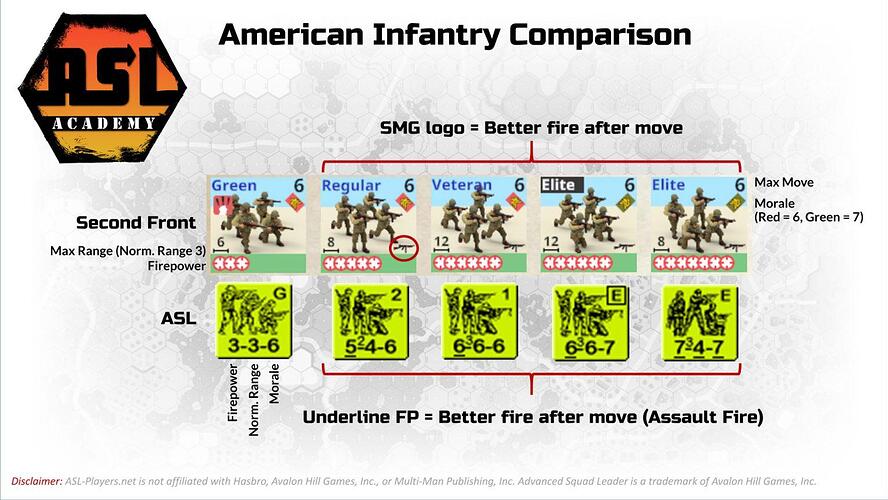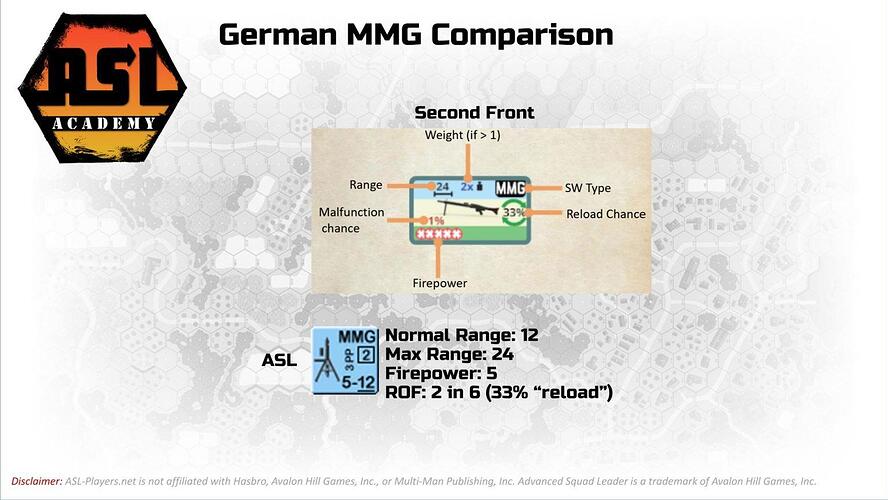Yep, I just played this scenario and saw the exact same thing. I hesitate to infer too much about the AI since I’m just a guy sitting outside the black box looking in. But as you suggest, it seems like a unit gets plopped into a scenario with a single objective, which it makes a beeline for until circumstances interfere (i.e. your fire breaks it and has to run for cover). Otherwise, it’s told where to sit until there are no enemies, like the armor to the north in “Hasty Defense”.
And this is definitely a weakness of the game if you’re looking to play a head-to-head wargame. But as a canned challenge, it’s entertaining enough. When I played Hasty Defense, my 37mm guns and two ATR squads (man, you’re not kidding; what rinky-dink AT weapons!) had a leisurely shoot-out with the armored car when it parked itself on a hill in the distance. We all traded potshots for six turns until my farthest gun finally scored the kill. It was almost like it’s own theater. Also, I finally got to see a bad-ass sniper in action; the Russian sniper parked in the building with the forward trenches managed to take out a German leader and a German hero! He won’t be paying for any drinks tonight!
(Speaking of, I love the veterancy and hero mechanics in Second Front! I take it that’s from ASL?)
But what about replay value? Is there any if it’s all so canned? Sure, if you care about the score chase! I could replay to see if I’ll do better, which I probably will since it’s all canned and I can anticipate everything after a first playthrough. Although I know that some scenarios have variable starting set-ups, as you can tell when you try to reload a scenario that isn’t going well; hey, what are these numbered scenario files? Which one should I load to restart? Well, roll a die, I suppose. I’ve seen a couple of scenarios with two load files, and at least one with three or four load files. As far as wargaming tricks, that one’s as old as the hills; I remember how SSG’s Carriers at War randomized a handful of starting positions when you loaded a scenario by simply having different start-up files. Boom, replayability.
However, for this to work in Second Front, I wish they’d do more with the scoring system. How good is 807th place? Is there really no way to see how many entries are on the leaderboard short of paging through the entire list one screen at a time? And is there really no way to filter by friends? C’mon guys. And there’s no way to look at it at any time other than the precise moment I finish a scenario, at which point I can only see the score for that scenario?
Jeebus frickin’ Palamino, why do so many game developers have no clue how to do leaderboards? Or do I just have unreasonable expectations by trying to play their games as score chases? I would have thought I was being helpful by offloading expectations from the AI to the leaderboards, but I can’t do that if your leaderboards suck so bad!
Ah, the feel of the wind in my hair as I ride that precipitous dip in the Chick Parabola again! Everyone put your hands in the air! No holding the bar! Here we go! Wheeeeeee!



